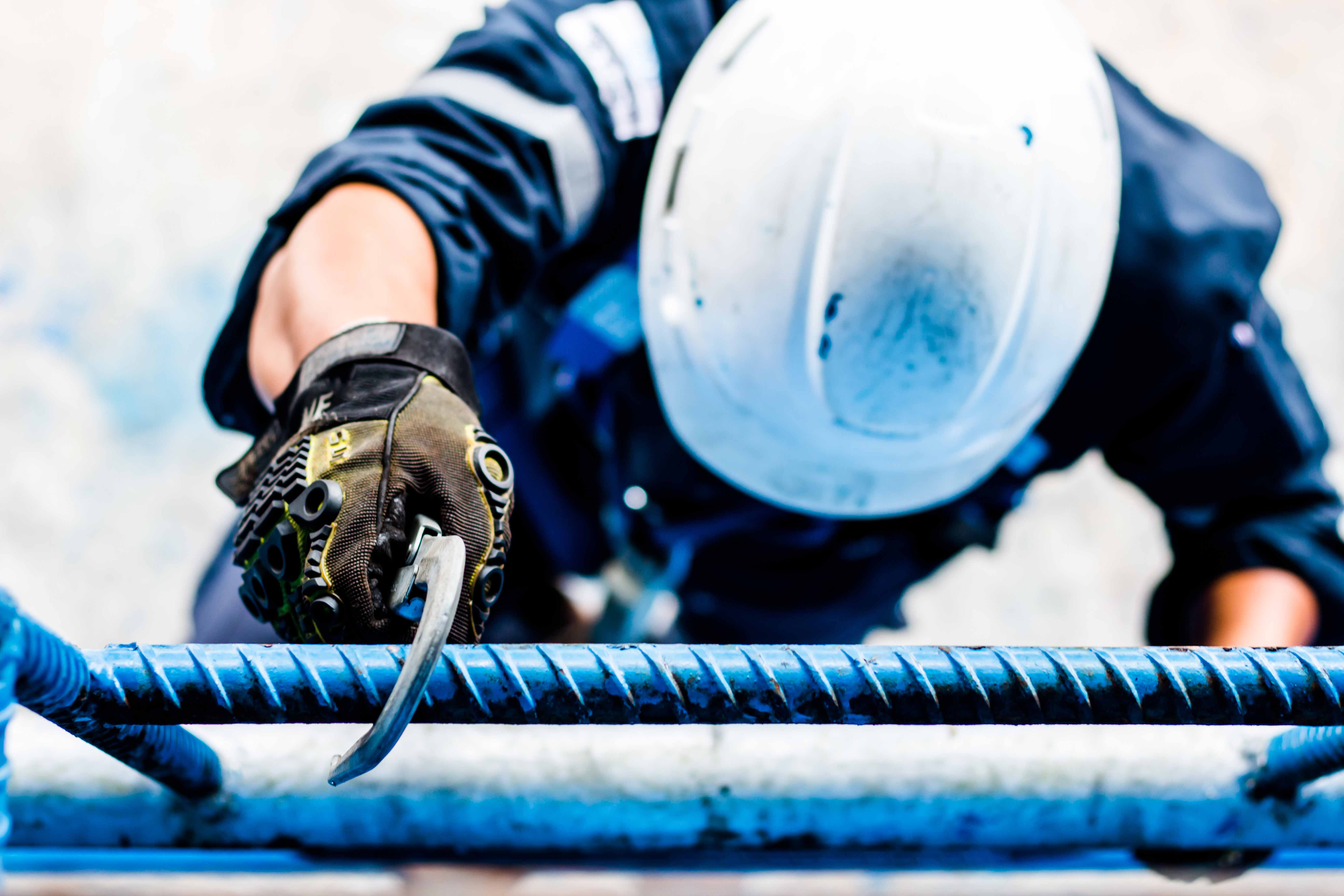Subcontracting
Contrary to popular belief, subcontractors are not always small businesses, with a less-developed safety culture than contracting companies (also known as principals). In a subcontracting relationship, the challenge is to build and share a vision of safety.
 Subcontracting
Subcontracting
Read the essential publication
| Why is subcontracting important? |
Subcontracting raises many safety issues. The classical argument revolves around the main principles of the relationship between contracting companies and their subcontractors, in which procedures play a key role. But, in practice, are we doing enough?
We need to go beyond the formalities that set out the overall contractual relationship, because the devil is in the details. Instead, we need to focus on the quality of the day-to-day relationship between the two parties, in all phases of the project or the subcontracted work:
- Before the contract is signed: for example, when drawing up the call for tenders and selecting the service provider.
- During preparations for the intervention: during the preliminary visit, or when the prevention plan and schedules are being drawn up.
- During the intervention: by establishing a climate of trust that encourages feedback, by defining the responsibilities of each party, and clarifying who is responsible for which level of risk.
- And afterwards: by evaluating the intervention as a whole, giving the subcontractor the confidence they need to honestly communicate the difficulties they encountered and, of course, to address these problems in preparation for the next intervention!


